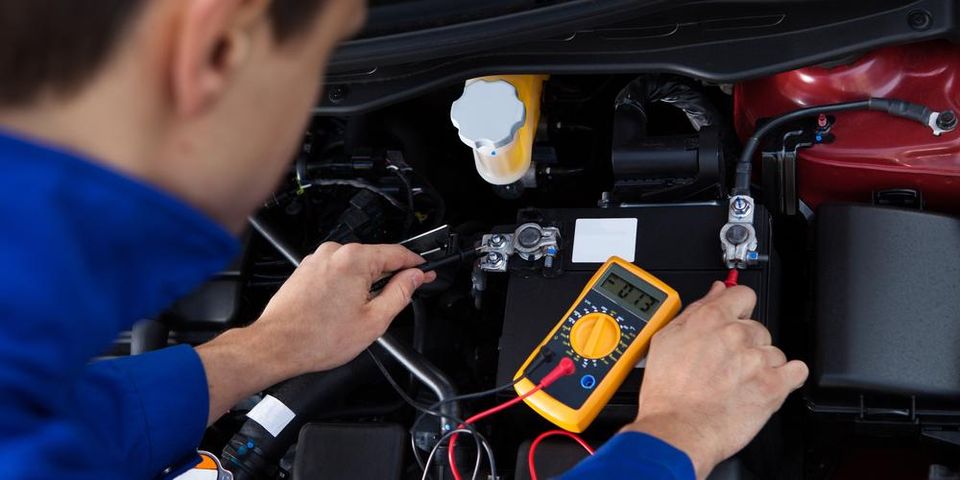
Sooner or later, many drivers will find themselves in need of a jump-start. When your car doesn’t start, it can be an unpleasant surprise. However, when you understand how car batteries and jump-starts work, you’ll be prepared for this unfortunate situation. Here is a quick guide to how they work.
How Does a Car Battery Work?
When you turn your key in the ignition, your battery provides electrical energy to the car’s starter. This electricity is generated by a reaction within the battery between the active materials—lead dioxide and metallic sponge lead—and a mixture of water and sulfuric acid. A battery’s performance power is typically measured in voltage. A charged battery will read 12.4 volts or higher. When the voltage drops below this level, problems can occur. For example, you won’t be able to start your car. In some cases, you’ll need to replace the battery.
What Happens to the Battery After a Jump-Start?
 Battery power will naturally diminish over time. They typically have a life span of three to five years. However, exposure to freezing temperatures or leaving the headlights on all night can cause it to drain faster.
Battery power will naturally diminish over time. They typically have a life span of three to five years. However, exposure to freezing temperatures or leaving the headlights on all night can cause it to drain faster.
Depending on the battery’s age and condition, you may be able to continue using it after getting a jump-start from another vehicle. You can also use a specialized portable car battery charger, instead of relying on another vehicle. After getting a jump-start, have the battery’s charge tested by a professional mechanic. They will determine if you need a replacement.
When residents of La Crosse County, WI, need a jump-start or new battery, they contact Craig’s Towing & Repair, located near Lake Delton and the Wisconsin Dells. With over 20 years in the business, their licensed and certified team is dedicated to offering quick emergency towing services, 24/7. They always provide cost-effective and efficient towing services, helping you to avoid a long wait. To learn more about how they can help you, visit them online or call (608) 784-1638.
About the Business
Have a question? Ask the experts!
Send your question

